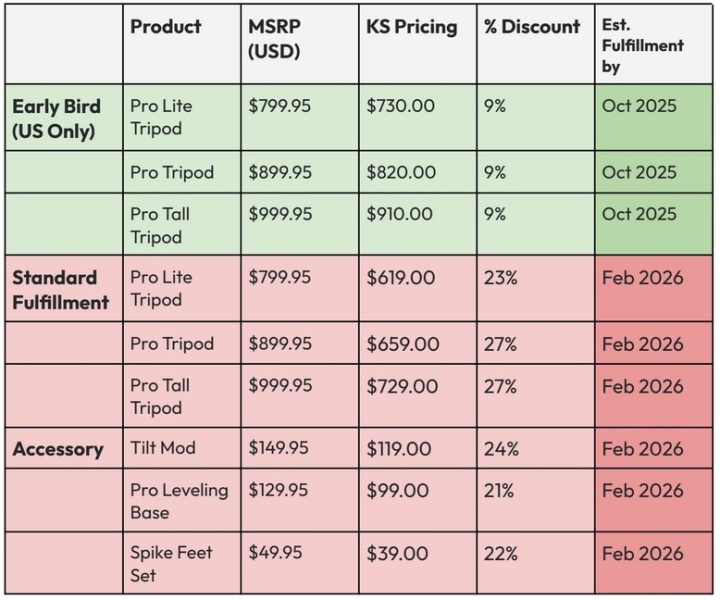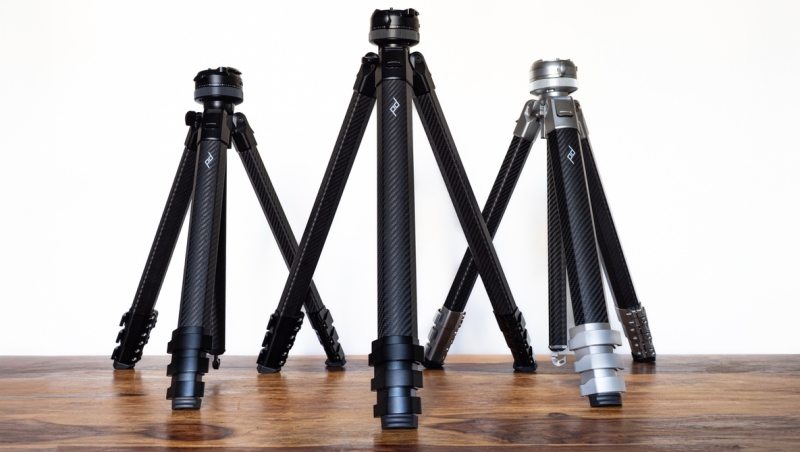Contents
Peak Design has announced three new tripods that they are launching through a Kickstarter campaign. I’ve been lucky enough to play with the prototypes, and what I have seen has impressed me so much that I think the company should win the tripod crown.
Peak Design (PD) is a first-class business. It makes innovative bags, camera straps, and gear that other manufacturers inevitably copy. One of their most respected and widely used products is their Travel Tripod. It’s compact, sturdy, and well thought out. The carbon fiber version is light and packs away small enough to fit inside any of my camera bags or slip into the outer pockets. The aluminum version reduces to the same size but is heavier, making it ideal for use during high winds and stormy conditions. (I reviewed it recently.)
Given the high quality and popularity of the Travel Tripod, it always surprised me that it was the only model in their range. Therefore, it was great seeing that PD has announced three new professional models. Each is different from the other, adopting some of the best features of the others.
I had the fabulous opportunity to borrow the prototypes and put them through their paces for a few days.
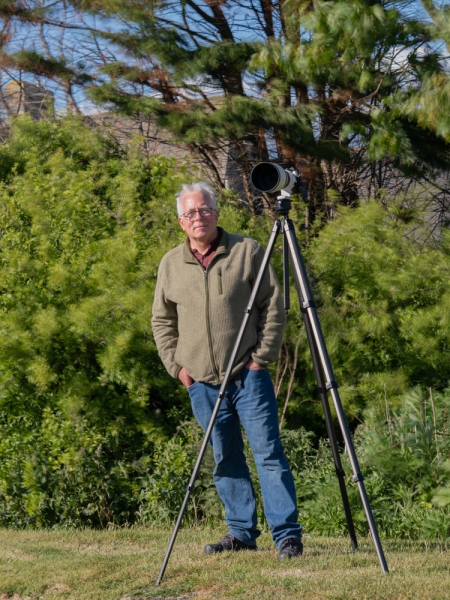
My wife photographed the Peak Design Pro Tall and me in winds gusting 40 mph (1.3-second exposure). The camera she was using was mounted on the Peak Design Pro.
What Are the Three New Tripods?
The tripods are scaled-up versions of the Travel Tripod but with some extra and improved features. They are intended for heavy professional setups and use in demanding environments; I live on the coast of a particularly windy part of the UK, and I often shoot on storm-swept beaches, so tripods that will stay put in force 8 winds are important to me.
The three models are similarly designed, with the big difference being their size.
The Pro Tripod features strong, six-sided legs, shaped to fold away to a smaller profile than if it had round legs. The legs attach to an all-CNC-machined hub. The removable center column is flanged for maximum stability and, consequently, has a weight capacity of 40 lbs (approximately 18 kg). Packed away, it is still short enough to fit into a Peak Design Everyday Backpack.
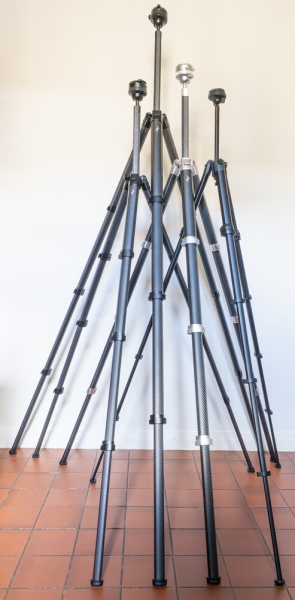
Like the Travel Tripod, it has an integrated fluid panning head with an upgraded cinch ring that gives more stability. The head has 15° of adjustment when the center column is fully stowed, more when it is raised slightly. It also has a portrait notch for turning the camera by 90°.
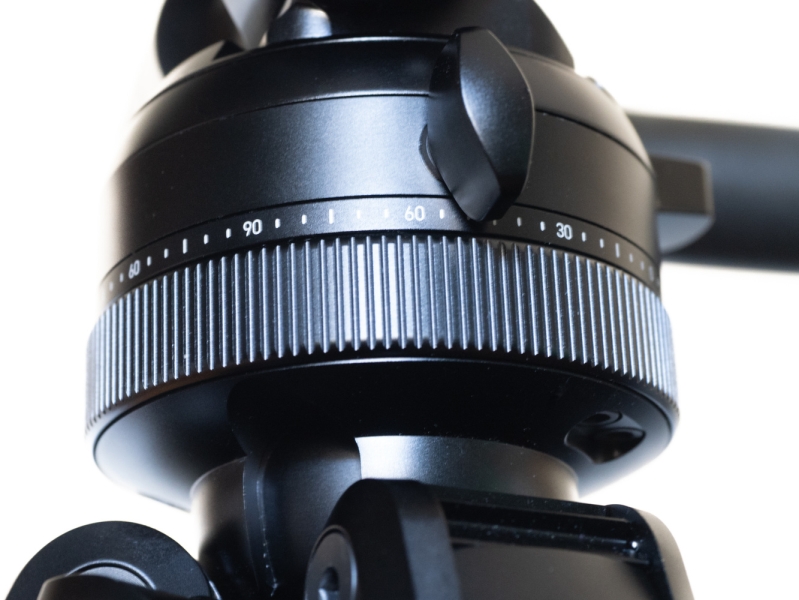
The Arca-Swiss compatible QR plate gripping mechanism has been redesigned. It grips your camera instantly, and there is no need for manual tightening. This newly redesigned quick-lock holds your camera tightly, instantaneously, and more effortlessly than any other I have tried.
An added safety switch provides extra security by locking the release mechanism.
Another good feature I always look for on a tripod is that it has a pan mechanism above the ball head. This means, on uneven ground, you can level the camera using the ball, and it will stay level as you rotate it.
A new Tilt Mod accessory can be installed onto the quick-release bracket. It instantly converts the ball head to a full fluid pan/tilt head. That’s fabulous news for videographers.

An important feature of the Travel Tripod is the aluminum leg locking cams. These have been reengineered on the Pro Tripod for what PD says is a smoother, faster, and stronger operation. I agree with that. It’s possible to open all three locks with one action and then lock them in place extremely quickly. The cams are adjustable and can be tightened if ever necessary. Plus, they’re significantly easier to disassemble for cleaning and maintenance.
The legs adjust to three angles, and when folded away the adjusters disappear to fit flush with the hub.
The rubber feet can be removed and swapped with spikes.
New CNC-machined leg angle adjusters have smooth and satisfying push-button operation and lie flush when packed down.
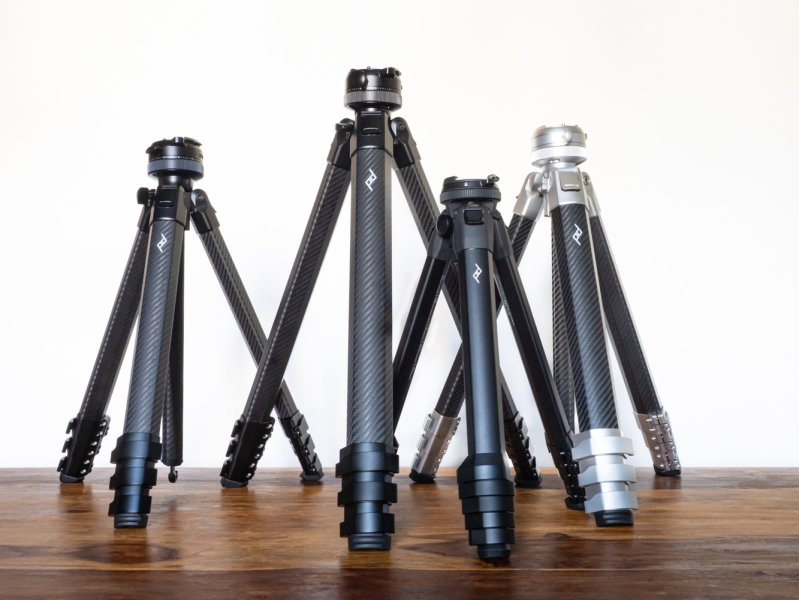
A hook on the bottom of the center column releases to reveal the collapsible phone mount. Moreover, a new folding hex multitool is also designed to stow away inside the center column.
The redesigned carry sleeve features a weatherproof shell, padded construction, and an integrated adjustable carry strap.
The Pro Lite version is basically the same as the Pro version, with shorter, thinner legs and center column, while the Pro Tall model has longer legs and center column.
In Use
As expected, I found these tripods easy to deploy and use. They were all light enough to carry and were stable and felt strong. I used them with a variety of cameras: a TLR, a 35mm SLR, and a Micro Four Thirds OM-1 with its 150-400mm f/4.5 PRO lens and the lighter and far smaller 12-40mm f/4.5 PRO. Right across the range of cameras and lenses, they were easy to operate.
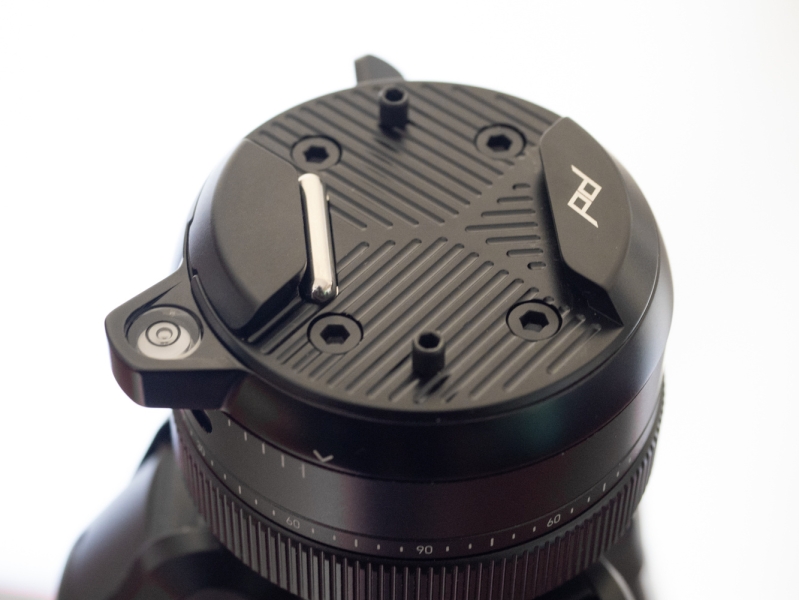
As you can see in the photo above and the following image, I took two tripods out in winds gusting up to 40 mph. They both stood their ground. There was no flagging of the OM-1 or the 40-150mm f/4 PRO mounted on the tripod used to take the photos. Meanwhile, the OM-1 Mark II with the 150-400mm f/4.5 PRO shown in the images didn’t move in those stiff winds for the 1.3 seconds it took to photograph them.
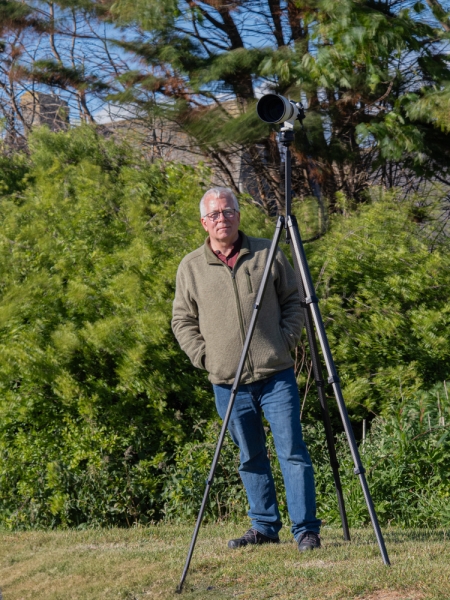
This is the Peak Design Tall tripod with the center column almost fully extended. I am 5’10” tall. I was less confident leaving the camera alone with the center column extended in these high winds. Therefore, in use, I would probably use the hook to weigh it down and use the spiked feet.
There is something very satisfying about well-made equipment, and these tripods ooze quality. Everything from the satisfying click when the QR plate engages to the neat stitching on the zip of the padded, weatherproof case tells you these are well-designed and engineered tripods. They were a pleasure to use, and I look forward to testing the completed models when they are released later in the year.
What I Liked and What Could Be Improved Next Time
What I Liked
-
Excellent quality
-
Robust but light
-
Stable in strong wind
-
Easy to deploy
-
Smooth operations
-
Innovative design features
-
Made by a truly carbon-neutral, environmentally friendly company with a social conscience
What Could Be Improved Next Time
-
I am really hard-pressed to suggest any improvements to these tripods.
-
I only had them for a few days

In Conclusion

If I were to travel back in time ten or more years, there was one brand of tripod that was the one to have. But things have changed. There are some splendid models on the market across all price ranges. However, like everything in photography, you always get what you pay for.
These are professional budget tripods. When you pay a premium price for any photographic gear, although you can expect top-notch build quality, it’s the design that really makes the difference. Peak Design always lives up to its name, which is one of the reasons why Fstoppers allows this Kickstarter to feature on their site; as a rule, it’s not allowed. All PD’s previous products have been launched on Kickstarter, and it has never let us down. This one goes live on June 17, and it will be available in November this year.
With these three new products, launched on Kickstarter, I think Peak Design has stolen the tripod crown.
